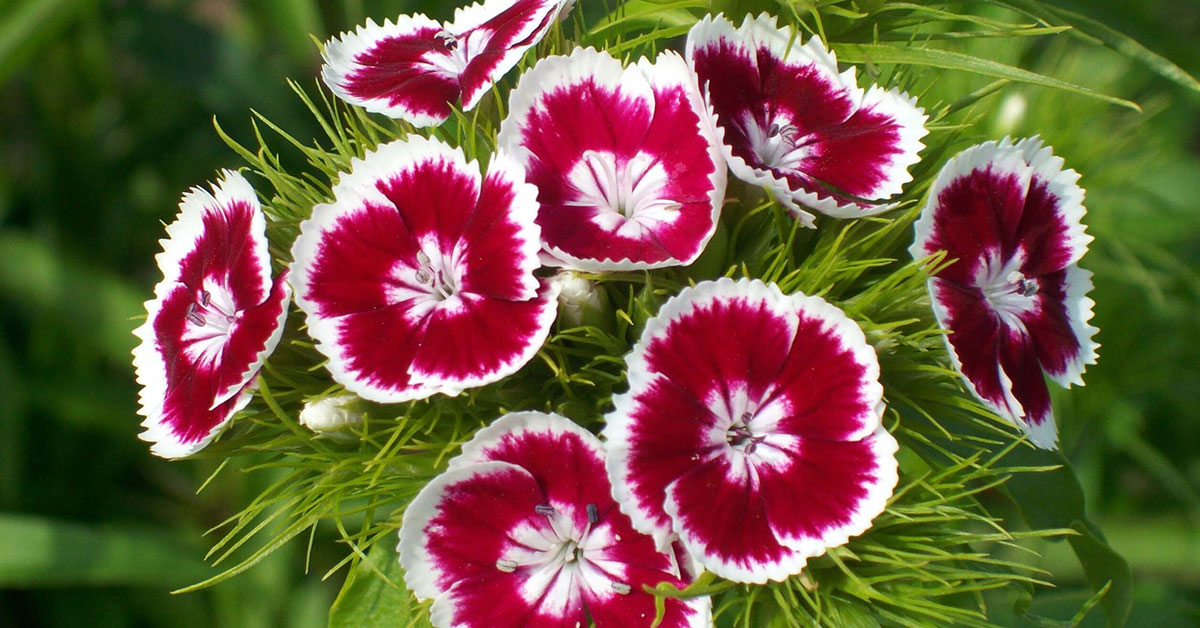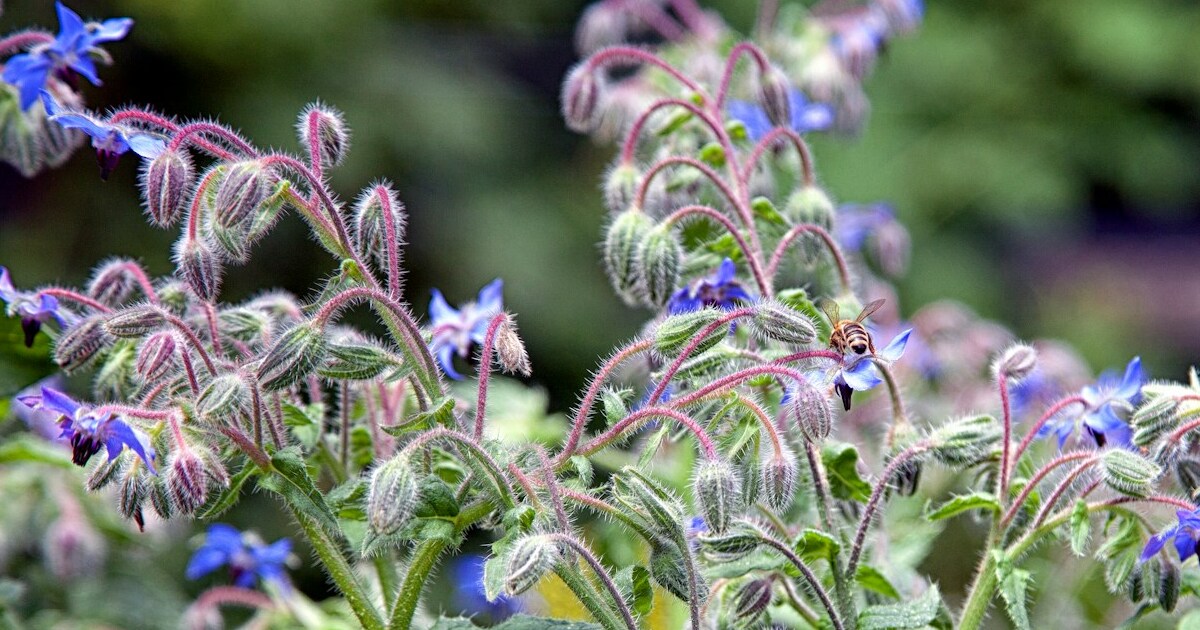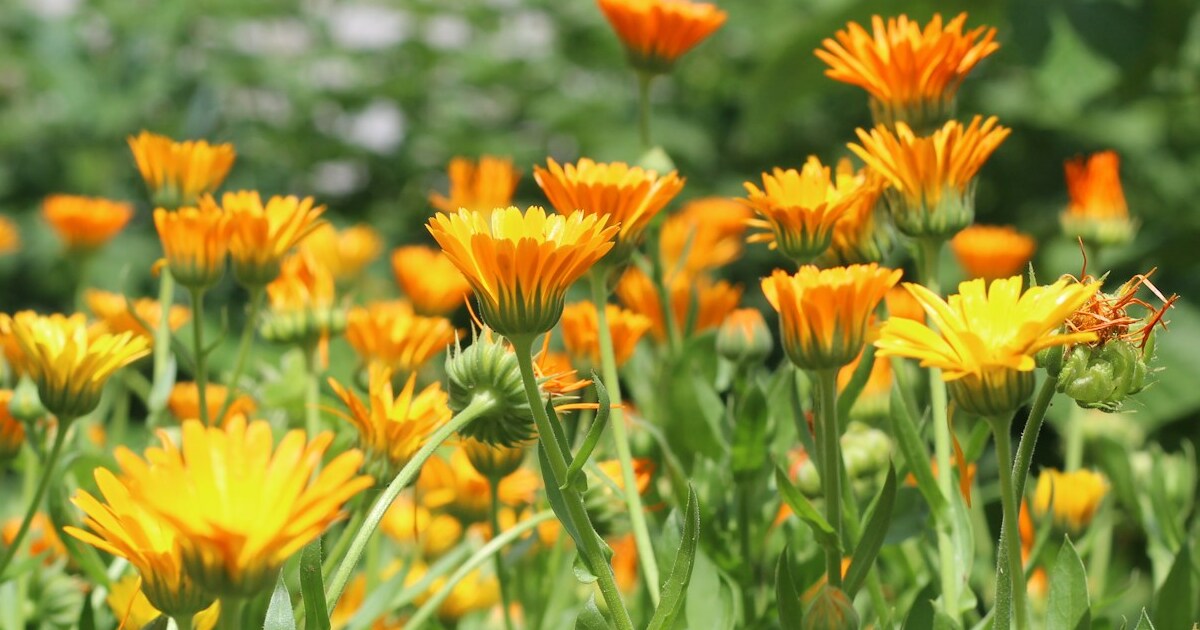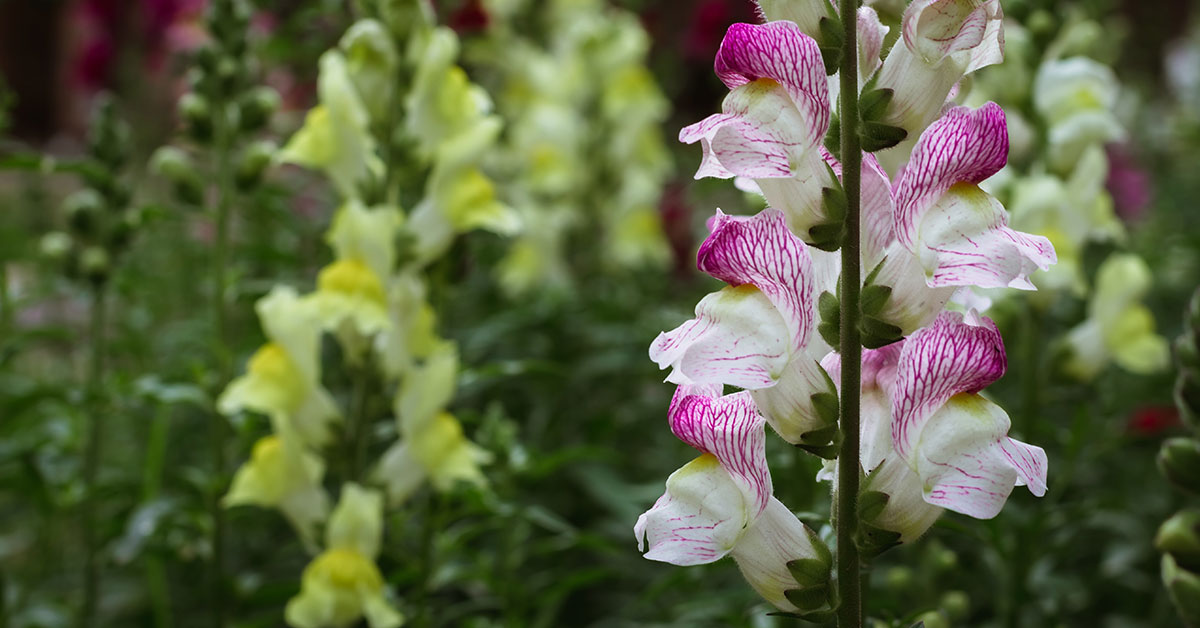Sweet William, also known as Dianthus barbatus, is a popular and highly cherished garden flower. This biennial or short-lived perennial plant is a member of the carnation family and is native to the mountains of southern Europe.
Sweet William is known for its clusters of small, frilly, and fragrant flowers that come in a wide range of colors, including pink, red, white, and bi-colored varieties.
What Is Sweet William?
Sweet William is a flowering plant that belongs to the carnation family. Its scientific name is Dianthus barbatus, and it is also commonly known as barbatus, beard pink, or simply Dianthus. It is a biennial plant, which means it completes its life cycle in two years. During its first year, it produces a rosette of leaves close to the ground, while in the second year, it produces a tall stem with flowers.
This flower is native to Europe, but it is widely cultivated in many parts of the world, including North America, Asia, and Australia. It has become a popular garden flower due to its bright and colorful blooms, as well as its pleasant fragrance.
Sweet William flowers come in a variety of colors, including pink, red, white, and purple, and they often have a pattern of spots or stripes on their petals. They are typically arranged in clusters on the stem, and each flower has five petals with fringed edges. The leaves of the plant are narrow and pointed, and they are often blue-green in color.
In addition to its ornamental value, Sweet William has some medicinal properties. Its essential oil has been used in traditional medicine to treat digestive and respiratory problems, as well as to relieve pain and inflammation. However, it should be noted that the plant can be toxic if ingested in large quantities.
Where is Sweet William native?
Sweet William is a popular flowering plant that adds vibrant colors and sweet fragrances to gardens and landscapes. The scientific name of Sweet William is Dianthus barbatus, and it belongs to the carnation family.
Sweet William is native to the mountainous regions of Europe, including the Pyrenees, the Alps, and the Balkans. However, it has now been naturalized in many parts of the world, including North America, where it has become a popular garden flower.
In the United States, Sweet William is widely grown and can be found in many regions. It is commonly grown as an annual or biennial plant in cooler areas and as a perennial in warmer regions. Some of the states where Sweet William can be found include California, Texas, Florida, New York, Pennsylvania, and Ohio.
Despite its popularity in gardens, Sweet William is also considered a noxious weed in some regions, such as Australia and New Zealand. These countries have strict regulations in place to control its growth and spread.
How to start from seed
Sweet William is a beautiful and easy-to-grow plant that can bring color and fragrance to any garden. If you’re interested in growing Sweet William from seed, here are some tips to help you get started.
Choose the Right Time to Plant: Sweet William seeds can be planted in the spring or fall, but the best time to plant them is in the fall. This will give the seeds time to establish a strong root system before the winter sets in.
Prepare the Soil: Sweet William prefers well-drained soil with a pH between 6.0 and 7.0. Before planting, prepare the soil by removing any weeds or debris and working in some compost or other organic matter.
Plant the Seeds: Plant the Sweet William seeds about 1/4 inch deep, spacing them about 6 inches apart. Water the seeds lightly to moisten the soil.
Care for the Seedlings: Once the seedlings emerge, keep the soil moist but not waterlogged. As the seedlings grow, thin them out to about 8 inches apart. This will give them enough room to grow and mature.
Fertilize and Water: This flower benefits from regular fertilization throughout the growing season. Use a balanced fertilizer every four to six weeks to encourage healthy growth and blooming. Water the plants regularly, but be careful not to overwater them.
Enjoy the Blooms: They will begin to bloom in the spring or summer, depending on when you planted the seeds. Enjoy the colorful blooms and fragrant scent, and consider cutting some flowers to bring indoors
How to grow this plant in your garden
Sweet William is a beautiful and popular garden flower that adds color and fragrance to any garden. If you’re interested in growing this flower in your own garden, here are some tips to help you get started:
- Choose the right location: This flower likes well-drained soil, so choose a location that drains well and receives plenty of sunlight. It’s also best to choose a location that is protected from strong winds.
- Prepare the soil: Before planting, prepare the soil by adding compost or other organic matter to improve soil quality. Sweet William prefers slightly alkaline soil, so you may need to add lime if your soil is too acidic.
- Plant the seeds: The seeds can be sown directly in the garden in the spring or fall. Scatter the seeds thinly over the soil and cover them with a light layer of soil. Water the seeds gently and keep the soil moist until the seeds germinate.
- Water regularly: This plant likes moist soil, so water regularly to keep the soil moist but not waterlogged. Be careful not to overwater, as this can cause the plants to rot.
- Fertilize: This flower benefits from regular fertilization. Use a balanced fertilizer every four to six weeks during the growing season to keep the plants healthy and strong.
- Control pests and diseases: It is susceptible to a few pests and diseases, including aphids, spider mites, and powdery mildew. Keep an eye out for these problems and treat them promptly to prevent them from spreading.
Interesting facts about Sweet William
Sweet William is a beautiful flowering plant with a long history and many interesting facts. Here are a few:
- Sweet William is native to the Mediterranean region and has been cultivated for centuries as a garden plant.
- The plant was named after Prince William, Duke of Cumberland, who fought in the Battle of Culloden in 1746. The name “Sweet William” is a tribute to his bravery and loyalty.
- This flower comes in a variety of colors, including pink, red, white, and purple. Some varieties even have bi-colored flowers.
- The plant is a favorite of butterflies and bees and is often used in butterfly gardens and pollinator habitats.
- In Victorian England, it was a popular flower for romantic bouquets and arrangements, symbolizing gallantry and admiration.
- Sweet William is a member of the carnation family and is closely related to other popular garden plants like pinks and clove pinks.
- The plant is easy to grow and care for and can be grown as an annual or a perennial, depending on the variety.
This is a beautiful and fascinating plant with a rich history and many interesting facts. Whether you’re a seasoned gardener or a beginner, it’s definitely worth considering for your garden or landscape.














